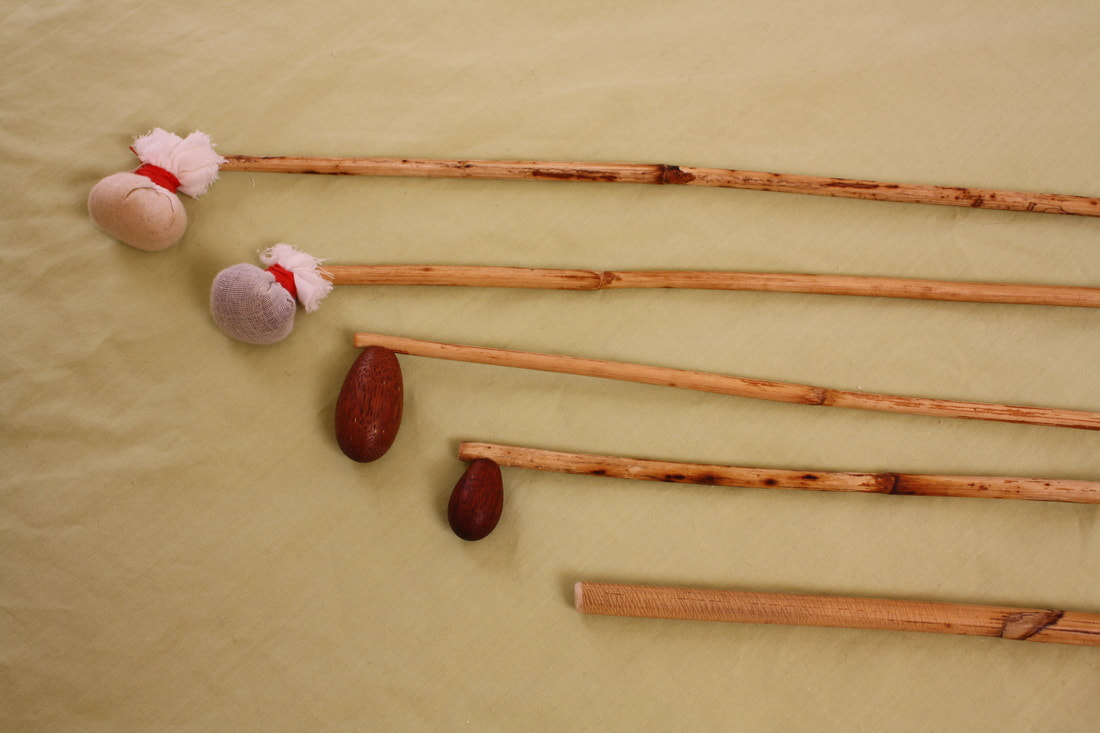Lobsang is currently an actively engaged practitioner at Kunde Institute located in Southern San Francisco.
THE HISTORY OF TIBETAN MEDICINE known as Sowa Rigpa in the Tibetan language, is an ancient form of natural medicine indigenous to the Tibetan people. It is still practiced today throughout Tibet, the Himalayan regions, India, Mongolia, Siberia and in the Western world where ever Tibetans live in exile. Considered among the most essential of the ten Tibetan subjects of study, Sowa Rigpa has benefited the people of Tibet and its surrounding regions for centuries. This unique knowledge is contained within thousands of texts written in the Tibetan language but principally in the four medical tantras, or rYud-bzhi. These four medical tantras have been the primary teaching texts for training Tibetan physicians from ancient times to the present.
The Tibetan medical system is a complex synthesis developed over millennia drawing on both indigenous Tibetan culture and elements from other traditions such as the Greek (via Persia), Ayurvedic (from India) and Chinese systems. Integrating these with the already robust pre-buddhist culture of ancient Tibetan civilization known as Zhang Zhung, Sowa Rigpa flourished amid intercultural dialogues with the leading physicians of India, China, Nepal, Byzantium and Persia who traveled to Tibet as early as the 7th century. These exchanges resulted in a magnificent body of accumulated knowledge unrivaled for its depth of understanding still intact within a vast literary tradition unknown outside of Tibet until recent times. Over the centuries, practitioners of Tibetan medicine have learned how to diagnose, differentiate, and categorize diseases and the influences of external factors such as timing, provocation, and imbalances in diet and behavior. They conducted research and developed treatment principles for physical and mental imbalances and diseases.
This evolution also resulted in a vast pharmacopoeia of medicinal plants native to the Himalayas which were identified, gathered and processed according to ancient prescriptions as well as other external therapies such as Ku Nye [Tibetan massage], moxabustion, and venesection [blood-letting]. Unique to Tibetan medicine is its philosophical view based on Buddhism in which the body/mind relationship is interconnected to all phenomena. This holistic view informs the Tibetan medical tradition, which uses sophisticated diagnostic techniques of pulse diagnosis and urine analysis in order to determine systemic imbalances—both mental and physical.
As early as the 6th century BC, the Buddha taught using illness as a central metaphor for suffering, and healing as the primary intention of the Buddhist path to liberate beings from ignorance, the source of all suffering. This philosophical view of Buddhism permeates all aspects of Tibetan culture including Tibetan medicine, which continued to evolve according to the teachings of the Buddha in a richly informed philosophical base not shared with other indigenous healing traditions. Thus, the Tibetan medical system developed into a sophisticated body of knowledge, which encompasses mental and spiritual factors, not just physical, in the diagnosis and treatment of disease and the promotion of well-being and a healthy balanced life.
Tibetan Herbal Tea and Protection Pill for Cold & Flu Prevention
Summer has passed and fall, the harvest season, has just arrived. Right after the Halloween celebration, the weather becomes colder, and many people are susceptible to catching cold or flu because it is considered "cold and flu season" in the west. Tibetan Wellness & Healing Center wishes you Stay Healthy In The Cold & Flu Season With Tibetan Medicine.

